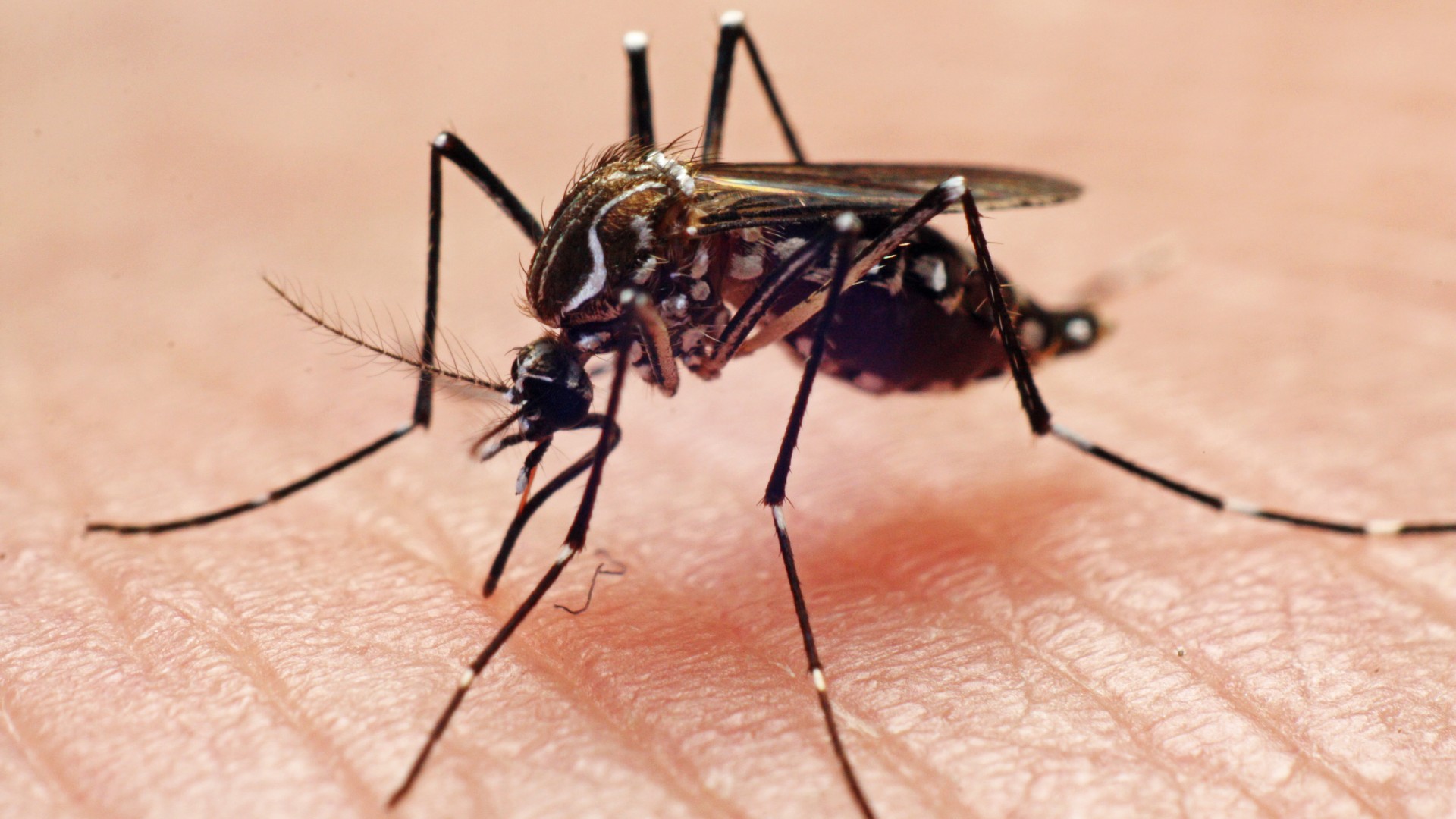The Coral Reef Watch program, operated by the US government, has added three new alert categories to its system for indicating heat stress on the world’s coral reefs. The changes were made after last year’s record-breaking heat stress led to extensive bleaching and coral mortality across the Americas. Dr. Derek Manzello, the program’s director, stated that the pervasive impacts of heat stress have necessitated a reevaluation of their approach.
Coral reefs are among the ecosystems most vulnerable to global warming, fueled by activities such as fossil fuel combustion and deforestation. Elevated temperatures can cause corals to expel the algae that provide their color and vital nutrients, making them more susceptible to diseases and reproductive challenges even if they survive the bleaching process.
The Coral Reef Watch program previously issued warnings for coral reefs in four stages, with the highest level, alert level 2, indicating that “severe bleaching and significant mortality [is] likely.” In response to the intensifying heat stress, the program has now introduced three additional alert levels to provide a more comprehensive assessment of the conditions faced by coral reefs worldwide.
The warning system is based on a metric called degree heating weeks (DHW), which measures the accumulated heat stress experienced by corals. Last year, some regions in the northern hemisphere saw heat stress levels exceeding 20 DHWs, well beyond the program’s previous highest rating of 8 DHWs.
Dr. Manzello highlighted the need to adapt to these extreme levels of heat stress, emphasizing that a DHW value of 20 is analogous to a Category Five cyclone, resulting in severe and drastic damage. The new alert levels categorize DHWs of between 12 and 16 as alert level 3, DHWs of 16 to 20 as alert level 4, and anything above 20 DHWs as alert level 5, signaling a risk of “near complete mortality” of all corals.
Dr. David Wachenfeld, a reef ecology and monitoring expert, applauded the swift action taken by Coral Reef Watch in acknowledging the unprecedented thermal stress and updating their warning system. He noted that while the warning levels are a useful guide, reefs may respond differently to the same level of heat stress based on factors such as species composition and past bleaching events in the area.
Rickard Leck, head of oceans at WWF-Australia, emphasized that the new system underscores the extraordinary impact of rising ocean temperatures on coral reefs, serving as a stark reminder of the tangible effects of global warming on ocean ecosystems.
Prof. Tracy Ainsworth, vice-president of the International Coral Reef Society, noted that mortality events due to heat stress were rare a decade ago, indicating a significant shift in the frequency and severity of these events.













